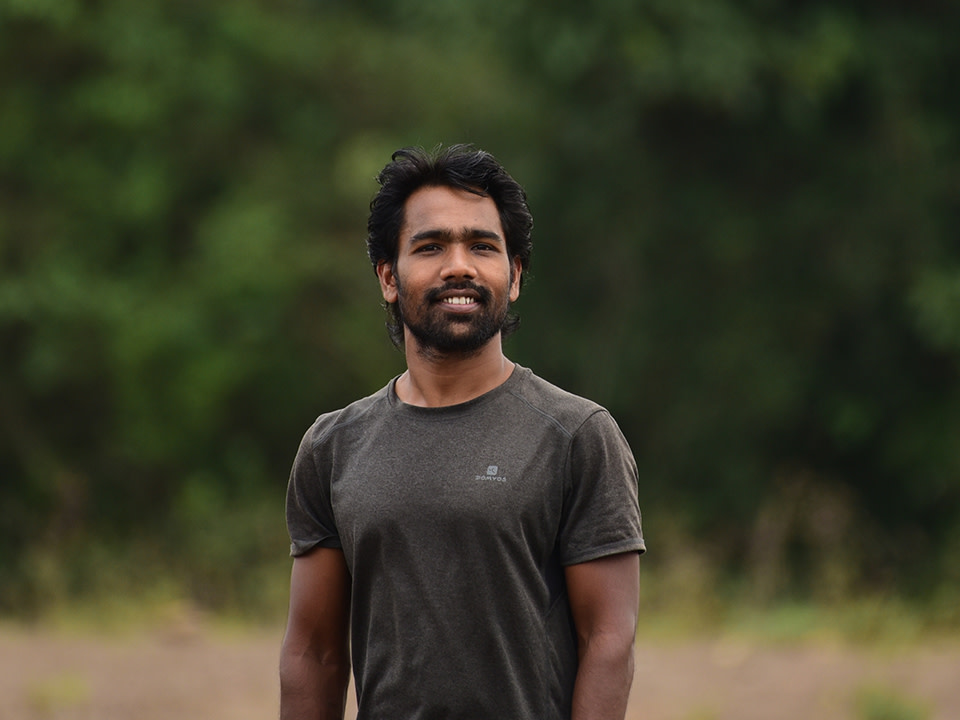 Listen to this article
•
15:34 min
Listen to this article
•
15:34 min
Living in the dense rainforest at the Agumbe Rainforest Research Station (ARRS), naturalist and researcher Dhiraj Bhaisare felt very much at home. He had made this forest his residence for almost a decade, and knows the flora and fauna like his own family.
For years he followed and studied king cobras and other snakes, and contributed to research that has helped protect the snakes of the Western Ghats. Simultaneously, Dhiraj also conducted extensive studies on yellow-wattled lapwings in Agumbe, and has dabbled in some research on lizards and frogs too. Dhiraj’s work profile seems like he was born to live in the wild.

Since joining ARRS in 2009, Dhiraj has tracked king cobras to help compile a huge database of information on them. “When we started, there wasn’t much known about king cobras. After in-depth research and discovering new behaviour patterns, we now know that they’re sometimes cannibalistic, they scavenge, and have home ranges. One returned to its old burrow after 512 days!” he says.
Dhiraj matter-of-factly mentions some of his occupational hazards. On one occasion, a king cobra crawled over his foot as it chased its meal. Another time, he lost signal when a snake he was tracking went out of range, and he followed it down a cliff. The receiver he was carrying fell down, and Dhiraj landed in a rather tricky situation. Sometimes a researcher really does live on the edge.

Having spent a lot of time understanding snakes and other wildlife, Dhiraj feels strongly about how animals are rescued and where they must be released. He points out that when animals are transferred to a different location, they don’t behave normally. Their movement pattern is disrupted, and they can’t find food or a proper sleeping location easily. Survival becomes difficult when they are taken out of their home range.
With hundreds of rescues happening every day in India, people release snakes and other animals in far-off wooded areas, causing more problems when these animals try to return home. “When we get rescue calls, we try to educate people about the right steps,” he says.
Dhiraj has now moved closer to his hometown in Madhya Pradesh, and works as a naturalist at Pench National Park. He is also conducting research for a paper on the Gunther’s supple skink of Central India. He’s one of the lucky few whose professional life and passion coalesce.






